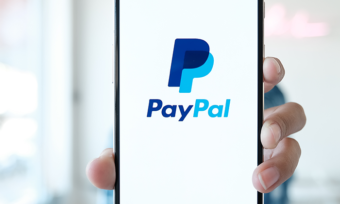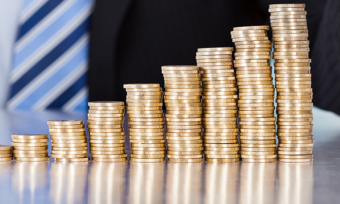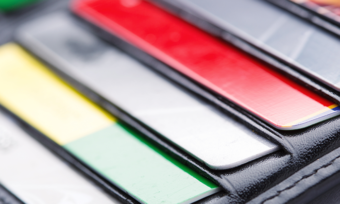There’s a time to borrow and there’s a time to save.
In many respects, it’s a truthful adage. People have always borrowed money. Governments have always borrowed money. Used wisely, debt can be a tool to fund personal growth and life’s major milestones, such as going to university or buying a home. Debt is integral to our economy. However, if misused rashly for short-term gratification, not only can it cost you dearly, it can become a millstone that weighs negatively upon your long-term financial health. This is the difference between good and bad debt.
What is the difference between good and bad debt?
Not all debt is created equal, some loans are more useful and less costly than others.
What is good debt?
A great example of a good loan is debt incurred to pay for education.
Good debt refers to borrowing money with the intention of creating wealth. This encompasses borrowing funds to purchase assets that appreciate in value, such as property, or taking out business loans for investments aimed at generating returns.
If you’re a recent graduate with a big student loan, your debt might not give you a fuzzy warm feeling. But given that loans are interest-free for those residing in NZ, their cost will diminish in time and, ultimately, pay dividends through greater job opportunities and earnings.
Borrowing money to expand a business is another example of good debt, if it leads to increased sales and revenue. Likewise, taking out a home loan. Very few people have enough cash to purchase a home outright and that’s where mortgages come in. Over the term of the loan you’ll pay a lot of interest but, hopefully, this will be offset by increased house prices when it comes time to sell.
Compare home loans with Canstar
What is bad debt?
If you’re borrowing to invest in an asset that has the possibility to increase in value, then you’re looking at good debt. Bad debt, is the opposite. Bad debt typically involves borrowing money for everyday expenses, like groceries or bills, when you lack the resources to cover them, or for purchasing assets that rapidly lose value. Bad debt is considered the most detrimental type of debt and often results in acquiring additional bad debt to settle existing obligations.
Bad debt is often used to fund needless extravagances: foreign travel, electronic gadgets, retail therapy binges, nights out and entertainment. If you’re racking up debt to fund lifestyle choices, then the money-savvy option is to change your lifestyle to one that’s more affordable.
→Related article: Six Smart Money Moves to Make
Of course, there are times when you might need to take out a personal loan, to cover an unforeseen event – for example, when your car suddenly dies on you. When this happens, it pays to shop around and do your homework.
Compare personal loans with Canstar
Credit cards: good debt or bad debt?
Used properly, credit cards are a prime example of good debt. They offer a revolving line of credit and, if you choose the right card to meet your spending and pay off your balance each month, they should either cost you nothing or, even better, earn you cash or rewards!
However, a lot of us are not paying off our credit card debts, as the same amount is currently outstanding, earning the card providers a tidy amount of interest.
To ensure your credit card use ticks all the right boxes, make sure you understand how your card’s interest-free days work and pay off your spending in full each month to avoid interest charges. Also, pick a card that suits your spending.
If you’re stuck in a cycle of increasing credit card debt, a balance transfer credit card or a personal loan for debt consolidation could be a suitable solution. By transferring your credit card balance to a new card, you can often benefit from an interest-free period or low-interest rates for a set time. This can assist in gaining control over your bad debt.
→Related article: What is Debt Consolidation?
Compare credit cards with Canstar
How to leverage good debt
Using good debt wisely can help you not only build wealth but also accelerate its growth. For instance, you can tap into the equity in your home to secure a loan for an investment property. Like your home, a well-chosen investment property in a favorable location tends to appreciate over time.
However, an investment property loan offers an additional advantage over a home loan. You can deduct the interest and fees from your investment property loan against the rental income it generates, reducing your taxable income and, consequently, your tax liability.
Conversely, the interest and fees from your home loan are not tax-deductible. This is one reason why prioritising the repayment of your home loan could be beneficial in the long run.
About the author of this page
This report was written by Canstar Content Producer, Caitlin Bingham. Caitlin is an experienced writer whose passion for creativity led her to study communication and journalism. She began her career freelancing as a content writer, before joining the Canstar team.
Enjoy reading this article?
You can like us on Facebook and get social, or sign up to receive more news like this straight to your inbox.
By subscribing you agree to the Canstar Privacy Policy




Share this article